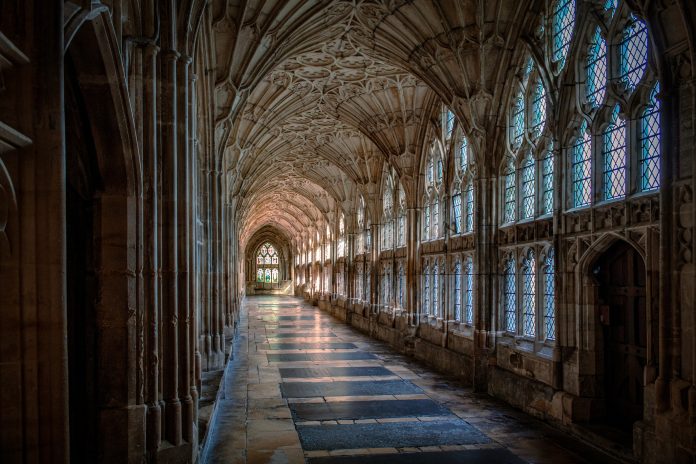Cultural heritage is an integral part of urban areas as an expression of their social, economic, and environmental development. Here, GERICS explains how they can help
Heritage can range from a single monument or museum to an entire historical centre. In recent years, the impacts of climate change, such as more frequent and intense heat waves and droughts or heavy precipitation and flooding, have become increasingly threatening cultural heritage, particularly in urban areas where the effects of climate change are more pronounced. For example, extreme weather events such as storms or river flooding can cause physical damage to historic monuments and buildings.
Fluctuations in temperature and humidity can accelerate the deterioration of indoor collections. Coastal heritage sites are vulnerable to coastal erosion and continued sea level rise.
Therefore, cultural heritage adaptation to changing climate conditions is of high importance. In this context, integrating climate information into heritage management is essential to increasing the resilience of cultural heritage sites.
Protecting the cultural heritage sector
The German Climate Service Center (GERICS) is a leading provider of information on climate change and extreme events in the cultural heritage sector.
High-resolution regional climate models together with new building simulation tools have been implemented in the large integrated EU project “Climate for Culture”: Damage Risk Assessment, Economic Impacts and Mitigation Strategies for Sustainable Preservation of Cultural Heritage in Times of Climate Change – https://www.climateforculture.eu.
The climate projections provided the scientific basis for assessing the potential impacts of gradual climate change on historic buildings across Europe and the vast collections they contain. Hourly resolution data were provided for more than 900 sites, evenly distributed across Europe. In addition, all case study sites were included, as well as more than 300 sites where observational data were available to verify the results [1]. The modelled climate data sets were extensively verified with observational data sets to prove their applicability for whole-building hygrothermal simulation. Systematic deviations and other issues related to the use of modelled climate data were identified [2].

© Hohe Domkirche Köln, Dombauhütte.
This novel approach developed in the Climate for Culture project has been applied and further developed in the KERES project – https://keres-projekt.de. The KERES project – Protecting Cultural Heritage from Extreme Climate Events and Increasing Resilience – was launched by the German Federal Ministry of Education and Research in 2020. The idea behind the three-year research project was to use an ensemble of climate simulations to generate the climate parameters required for the needs of cultural heritage. The climate data also served as input for modelling and building simulation tools to better understand and assess the risk of damage to historic buildings, collections, and gardens in Germany. Furthermore, these data sets serve as a basis for the design of sustainable and climate-friendly preventive and emergency measures [3].
The thematic portal “Climate Change and Cultural Heritage”
A collection of links and references related to the vulnerability of cultural heritage, prevention options and emergency management is presented in the thematic portal “Climate Change and Cultural Heritage” – https://klimanavigator.eu/themenportal/111321/index.php.
Although our work has significantly contributed to understanding the impacts of anthropogenic climate change on cultural heritage across Europe, there is still a need to translate climate information into practical applications. Future projects and initiatives will address these challenges.
References
- Leissner, J., Kilian, R., Kotova, L. et al.Climate for Culture: assessing the impact of climate change on the future indoor climate in historic buildings using simulations. Herit Sci 3, 38 (2015). https://doi.org/10.1186/s40494-015-0067-9
- Kotova L, Mikolajewicz U and Jacob D. Climate modelling in “Bulilt cultural heritage in times of climate change. Eds. J.Leisner, U.Kaiser and R.Kilian. 2014, Frauenhofer MOEZ, 96 pp.
- Kotova, L., Leissner, J., Winkler, M. et al.Making use of climate information for sustainable preservation of cultural heritage: applications to the KERES project. Herit Sci11, 18 (2023). https://doi.org/10.1186/s40494-022-00853-9








